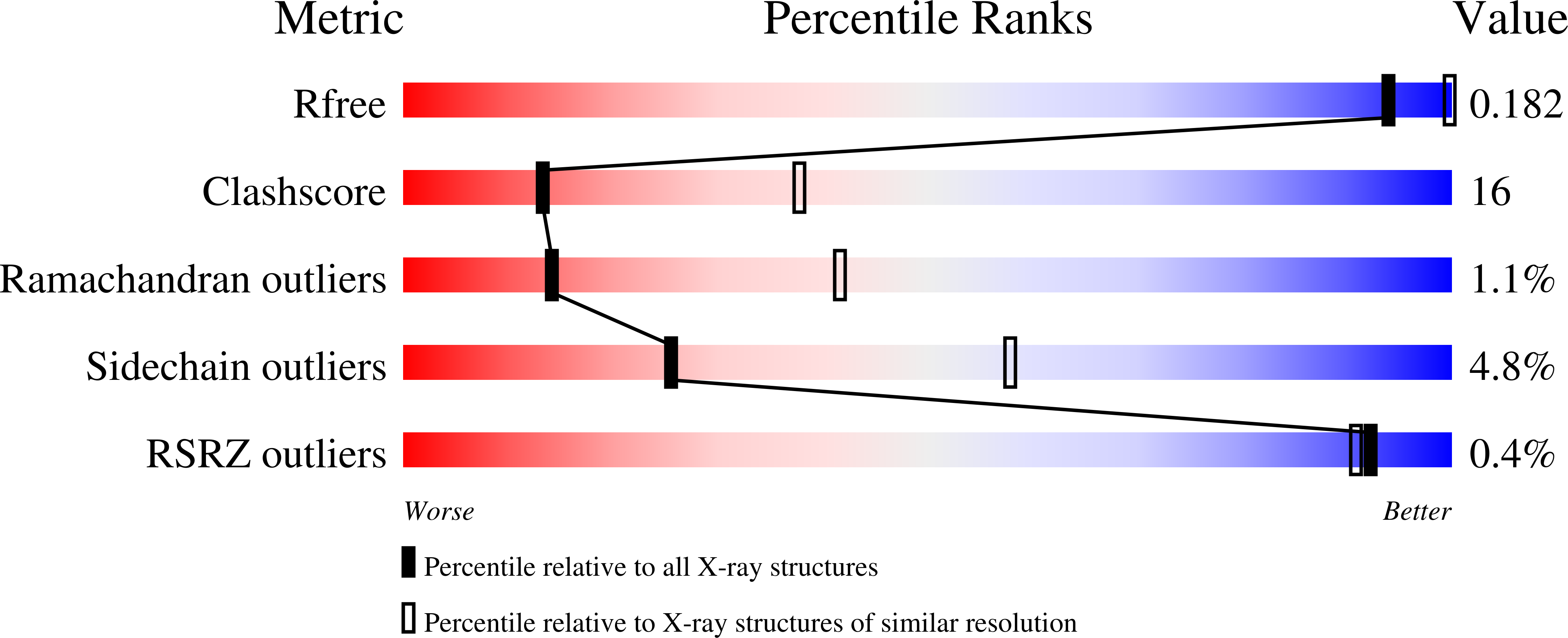
Deposition Date
2002-03-06
Release Date
2002-09-18
Last Version Date
2023-10-25
Entry Detail
PDB ID:
1IUN
Keywords:
Title:
meta-Cleavage product hydrolase from Pseudomonas fluorescens IP01 (CumD) S103A mutant hexagonal
Biological Source:
Source Organism:
Pseudomonas fluorescens (Taxon ID: 294)
Host Organism:
Method Details:
Experimental Method:
Resolution:
2.80 Å
R-Value Free:
0.25
R-Value Work:
0.19
R-Value Observed:
0.19
Space Group:
P 32 2 1


